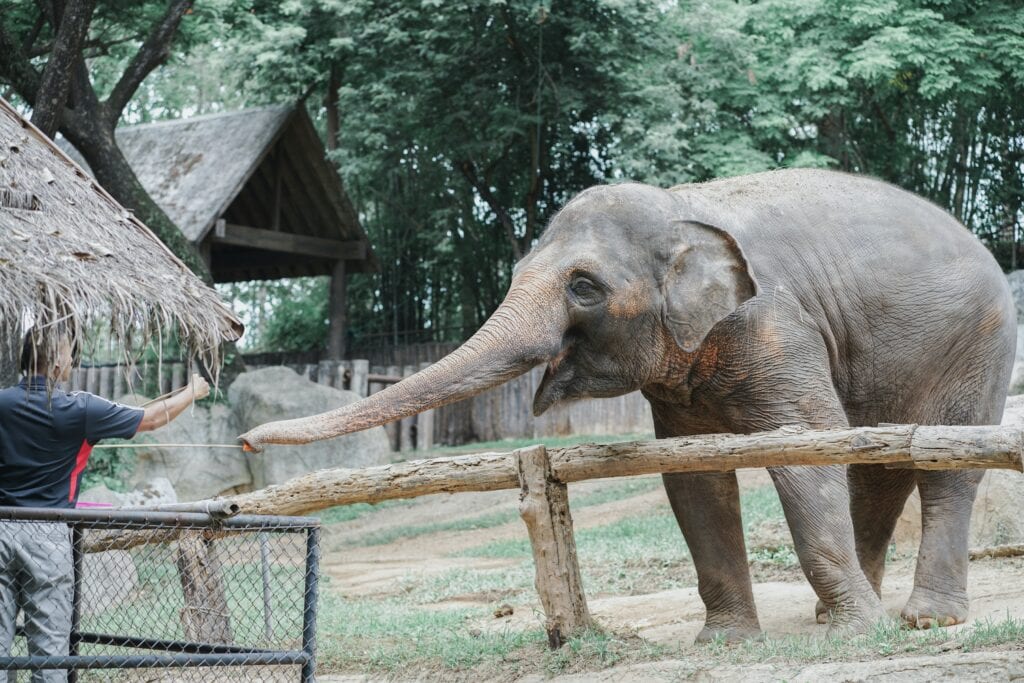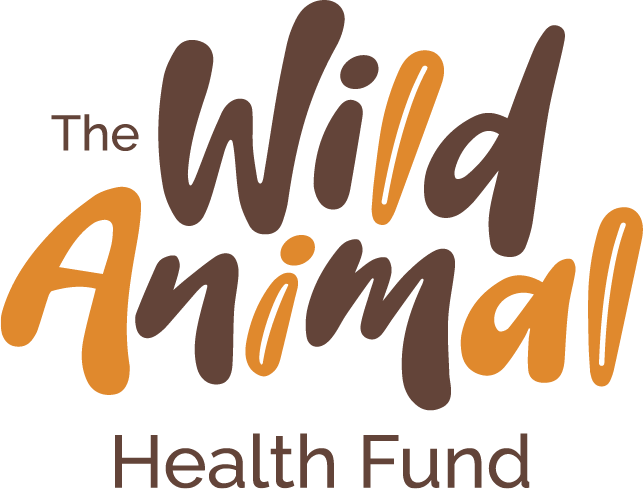How Do Zoos Help Animals?

There are very few places where you can safely experience the diversity of wildlife, learn about the world around you, or help animals threatened with extinction. The only place where you can do all three is at a zoo. The path for zoos to become the amazing institutions they are known as today has been driven by our curiosity about the world we live in and dedication to saving species. Over time, zoos have helped animals in amazing ways.
The History of Zoos Helping Animals
Animal collections existed for centuries, but the first research-based zoos began in the 18th century. The development of zoological institutions has grown because of the love of wild animals and the willingness to care for all creatures. In the 19th century, experts put more emphasis on animal health and habitats under managed care, replicating animals’ natural environments. The establishment of national parks and preserves strengthened native wildlife populations and ensure habitat protection. Today, conservation initiatives and movements allow for further understanding of nondomestic species, helping zoos in their efforts to aid in wildlife care.
How Zoos Take Action for Animals
Conservation
Zoos, aquariums, and other institutions have become global forces at the forefront of animal conservation. Through expanding their initiatives externally, zoos can focus on saving threatened species in their natural environments. The San Diego Zoo and Wildlife Alliance is an international organization that reaches beyond the confines of California to impact animals in all four corners of the world. The Wildlife Conservation Society, based in New York, has led conservation initiatives in Asia, Africa, the Americas, and the ocean. All five WCS institutions (The Bronx Zoo, Central Park Zoo, Queens Zoo, Prospect Park Zoo, and New York Aquarium) use their expertise in-house and on the field. Both of those organizations have had animal health studies funded by the Wild Animal Health Fund.
Breeding Programs
The ever-expanding road to helping zoo animals and wildlife does not end there. Accredited zoos work together to understand species and monitor their populations. The Association of Zoos and Aquariums ensures the safety and proper management of zoological institutions. Their Species Survival Plan is a collaborative effort to help endangered animal numbers. Through breeding and transfer programs, AZA accredited institutions promote genetic diversity of nearly 300 species. This is integral for biologically sound populations and to maintain biodiversity. In addition, zoos that are accredited by the AZA are required to use a percentage of their donations for conservation efforts.
Education
Zoos help animals and in turn, help people. In large cities where people can feel disconnected from nature, the zoo is an escape and a way to connect again. In the modern world, zoos serve as an education hot spot to teach all ages about wildlife and the environment around them. Most zoos have volunteer programs for the public to participate in zoo activities. This allows for a deeper connection with the public and only strengthens the relationship between zoos and their community.
Research
Zoos provide opportunity for research in a stable and safe environment. Due to the monitoring of these animals, veterinarians can easily observe and study these species. We have found out so much information about zoo animals and wildlife because of these circumstances. In addition to the research, veterinarians store their newfound information in a database accessible to those in the industry across the globe.
What can zoos do to advance animal care?
If zoos didn’t exist, our favorite animals would be forgotten. The path for zoos helping animals is far from being finished. The lack of knowledge regarding animal health is a major pothole. Saving species cannot happen if veterinarians don’t know animals’ ailments and how to treat them. The Wild Animal Health Fund is here to change that. For more than a decade, we have funded over 130 research projects ranging from stress relief to pathogen analysis. With the insight from these studies, zoo and wildlife veterinarians can better care for their patients.
Help pave the road to species survival.
